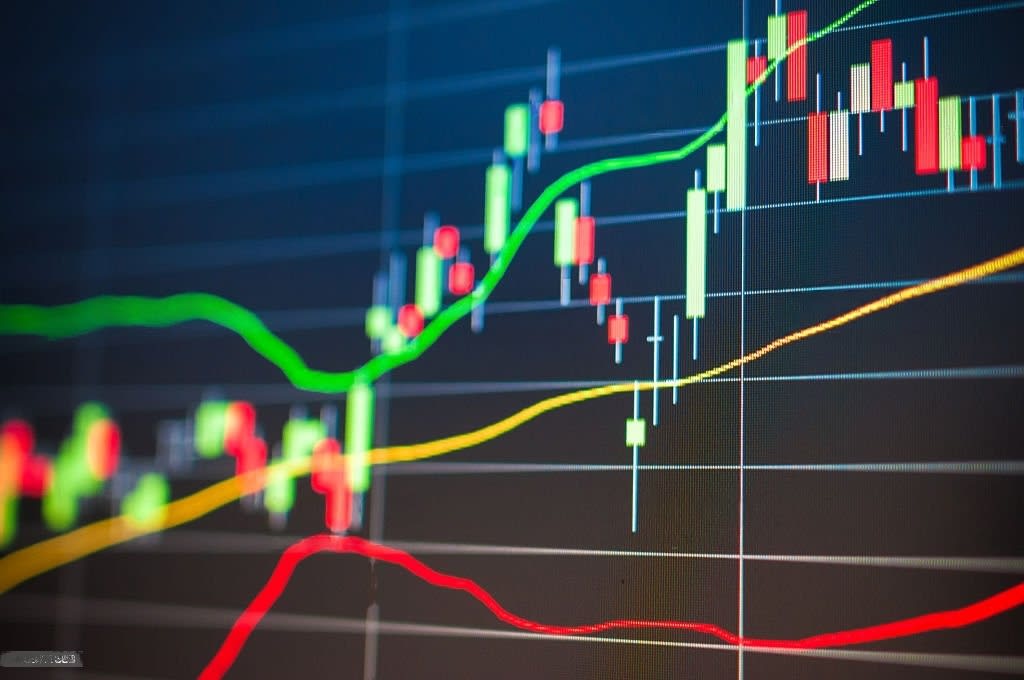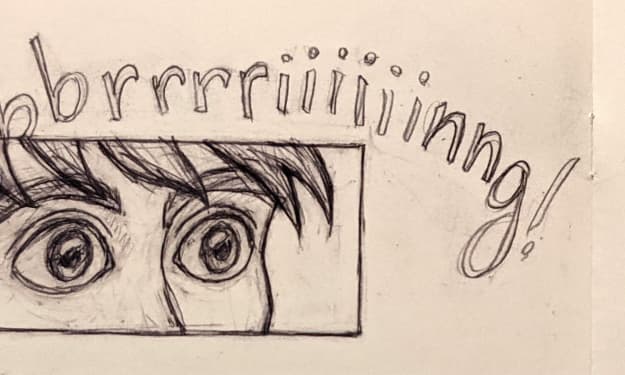Candlesticks pattern & how to use its types of candlesticks & chart pattern
About trading candlesticks pattern & how to use it's where to find it & types of candlesticks & chart pattern

Candlestick patterns are graphical representations of price movements in financial markets, used by traders to make informed trading decisions. The patterns are created using "candlesticks," which consist of four price components: the opening price, the closing price, the highest price, and the lowest price.
To use candlestick patterns, traders look for specific formations that indicate potential trend reversals or continuation. Some common patterns include the "Doji," "Hammer," "Shooting Star," and "Engulfing Pattern."
Candlestick patterns can be found on various financial charts and can be used in combination with other technical analysis tools, such as trend lines and moving averages.
There are two main types of candlesticks: bull candlesticks and bear candlesticks. Bull candlesticks indicate bullish sentiment, while bear candlesticks indicate bearish sentiment.
In conclusion, candlestick patterns are a useful tool for traders, but it's important to use them in conjunction with other analysis methods and not rely solely on them.
It's also important to keep in mind that while candlestick patterns can be helpful in identifying potential trade setups, they are not a guarantee of future price movements. Traders should always consider other factors, such as market news and economic data, before making a trade.
It's also crucial to understand the context of the market when analyzing candlestick patterns. For example, a hammer pattern in a downtrend may indicate a potential bottom, but in an uptrend, it could be a warning of a potential top.
Additionally, different traders may interpret the same pattern differently, so it's important to develop a clear understanding of the pattern and how it fits into the larger market context.
There are many websites and charting platforms that offer candlestick charting, including TradingView, MetaTrader, and thinkorswim, to name a few. Some also offer real-time news and analysis to help traders stay up-to-date on market developments.
candlestick patterns can be a useful tool for traders, but it's important to understand how to use them and to always consider them in the context of the larger market.
How to determined chart pattern:
To determine trading chart patterns, traders typically use technical analysis tools, such as trend lines, support and resistance levels, and various chart formations (such as head and shoulders, double/triple tops and bottoms, etc.).
These patterns can help traders identify potential buying and selling opportunities in the market. However, it's important to note that chart patterns are not a guarantee of future market behavior, and multiple factors such as news events and economic data releases can impact market movements.
Traders use chart patterns in combination with other technical analysis tools, such as indicators and oscillators, to confirm their findings. Additionally, it's common for traders to use different time frames (such as 5-minute, hourly, daily, and weekly charts) to get a more comprehensive view of market trends and patterns.
When analyzing chart patterns, traders look for certain characteristics, such as:
Volume: An increase in volume during a pattern formation can indicate stronger market conviction and add credibility to the pattern.
Breakout: A decisive move above or below a key support/resistance level is known as a breakout and can signal a potential trend reversal.
Trend: The direction of the trend leading up to the pattern formation can provide important context and help traders gauge the potential for a sustained move in the direction of the breakout.
It's important to remember that chart patterns are just one of many tools used by traders in their analysis and decision-making process. Traders should also consider other factors such as fundamental data, market sentiment, and macroeconomic events to make informed trading decisions.
About the Creator
Emmanuel Andrew
"I am a blogger and researcher who loves to write content about adventurous experiences and knowledge to share with readers. With a passion for writing and a love of travel, I seek out fascinating new perspectives."






Comments
There are no comments for this story
Be the first to respond and start the conversation.